Banhadang (반하당)
5.9Km 2024-02-15
36 Seongbuk-ro 5-gil, Seongbuk-gu, Seoul
Banhadang is a café located 20 minutes from the UNESCO World Heritage site Changdeokgung Palace. Renovated from a hanok, it preserves the charm of hanok with open spaces, leaving only the pillars of the original structure. The signature menu includes a Strawberry latte made with homemade strawberry syrup and milk. During the summer season, the jeontong pat bingsu (traditional shaved ice with red beans), made with domestically sourced jujube and red bean, is also popular.
Choi Sunu House (최순우 옛집)
5.9Km 2021-12-21
9, Seongbuk-ro 15-gil, Seongbuk-gu, Seoul
+82-2-3675-3401
The Choi Sunu House is the old residence of Hyegok Choi Sunu (1916-1984), who lived in this house from 1976 until the day he passed away. The house is designated as Korea’s Registered Cultural Property. Choi Sunu was a leading art historian who served as the director of the National Museum of Korea. He devoted his life to rediscovering the beauty of Korean art and made many academic accomplishments in the areas of Korean ceramics, traditional woodcraft, and the history of painting.
The house has been open to the public as the Hyegok Choi Sunu Memorial Hall since 2004. The memorial hall displays Choi Sunu’s relics as a permanent exhibition and holds special exhibitions in the fall as well as cultural programs every spring and fall.
Korea Furniture Museum (한국가구박물관)
5.9Km 2025-10-24
121 Daesagwan-ro, Seongbuk-gu, Seoul
The Korea Furniture Museum, located on a hill in Seongbuk-dong, Seoul, is a special museum that displays items related to Korea's traditional living culture. The museum exhibits wooden furniture made in the late Joseon dynasty by material (persimmon tree, maple tree, paulownia tree, zelkova tree, pine tree, papers, etc.), by the type of space (men’s quarters, women’s quarters, kitchen, etc.), and by regional characteristics. It also exhibits interior decorations, flower walls, chimneys, and yards, as well as ten traditional Korean houses.
This museum operates through a guided tour (maximum of 20 people per group) only, suitable for showing Korea's housing culture that harmonizes furniture and nature. The old household items, “furniture,” are displayed in rooms outside glass storage boxes, allowing visitors to experience a beautiful traditional culture.
Since it was selected as the official luncheon venue for the spouses of leaders of 20 countries at the 2010 G20 Seoul Summit, there has been a steady stream of state guests and worldwide celebrities, including Chinese President Xi Jinping and his wife, the German President, the Prime Minister of Hungary, the Prime Minister of Singapore, the King and Queen of Belgium, the King of Sweden, the head of the IMF, and movie stars Brad Pitt, and Victoria Beckham.
In addition, it was selected as the "most beautiful museum in Seoul” by CNN in 2011. The museum also served as an interview location for BTS members, who are receiving global attention. As such, it is attracting attention as a representative tourist destination in Seoul and a cultural space preferred by government ministries and companies. Tours require reservations, which can be made through the website.
Hamheung Naengmyeon (함흥냉면)
5.9Km 2024-02-29
6, Yeongdeungpo-ro, 42-gil, Yeongdeungpo-gu, Seoul
+82-2-2678-2722
Hamheung Naengmyeon has served its namesake dish, Hamheung naengmyeon (Hamheung cold buckwheat noodles), since 1967. The second generation of the restaurant’s owners has kept the flavors the same throughout the ages. The restaurant’s signature menus include the hoenaengmyeon (cold buckwheat noodles with raw fish), bibim naengmyeon (spicy buckwheat noodles), and mullaengmyeon (cold buckwheat noodles). In particular, the hoenaengmyeon (cold buckwheat noodles with raw fish) impresses with the topping of ganjaemi seoneo (sliced aged raw red stingray), as well as the broth served with naengmyeon (cold buckwheat noodles), made with vegetables and sauce.
Olive Young - Cheonggu Station Branch [Tax Refund Shop] (올리브영 청구역)
5.9Km 2024-04-18
A section of 1F, 168, Dasan-ro, Jung-gu, Seoul
-
Aank Hotel Yeongdeungpo (아늑호텔 영등포점)
5.9Km 2025-04-24
10 Yeongjung-ro 10-gil, Yeongdeungpo-gu, Seoul
Located within 5 minute's walking distance from Yeongdeungpo Station, Aank Hotel Yeongdeungpo has major attractions like Times Square and Yeongdeungpo Market in the vicnity. The hotel lobby has a coffee machine, ice dispenser, and water dispenser for guests' convenience. Equipped with a variety of room types, guests can enjoy both comfort and entertainment at Aank Hotel Yeongdeungpo.
Dr. Designer Clinic - Yeongdeungpo Branch [Tax Refund Shop] (닥터디자이너 의원영등포)
6.0Km 2024-06-26
870, Gyeongin-ro, Yeongdeungpo-gu, Seoul
-
Seoul Mountain Climbing & culture center (산악문화체험센터)
6.0Km 2025-11-06
112 Haneulgongwon-ro, Mapo-gu, Seoul
In episode 4 of the drama "Numbers," the character Shim Hyeong-woo goes climbing at the Seoul Mountain Climbing & Culture Center. This center offers a climbing facility where you can enjoy mountain culture and sports together. It features exhibition facilities for experiencing mountain culture and both indoor and outdoor sports climbing.
Himart - Bulgwang Branch [Tax Refund Shop] (하이마트 불광점)
6.0Km 2024-04-22
766, Tongil-ro, Eunpyeong-gu, Seoul
-
Ewha Womans University Mokdong Hospital (이화의대부속목동병원)
6.0Km 2025-10-23
1071 Anyangcheon-ro, Yangcheon-gu, Seoul
Ewha Womans University Mokdong Hospital, established in 1993, continues the legacy of Pogoonyogoan (1887), Korea’s first women’s hospital. As a 5th-stage tertiary hospital, it delivers advanced care through specialized centers, treating high-complexity diseases such as cancer, cardiovascular and cerebrovascular disorders, and organ transplantation, as well as chronic conditions like hypertension, diabetes, and joint diseases. With the opening of Cancer Center for Women (2009), Urology Institute (2022), and Blood Cancer Hospital (2025), the hospital has expanded its expertise and patient-centered environment, providing trusted, high-quality medical services.
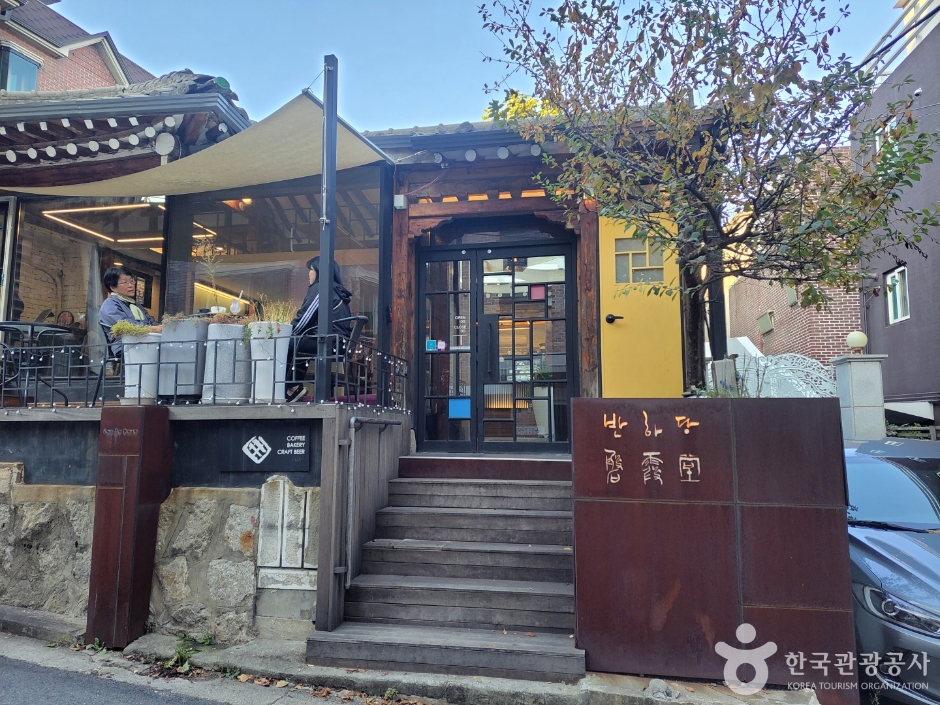
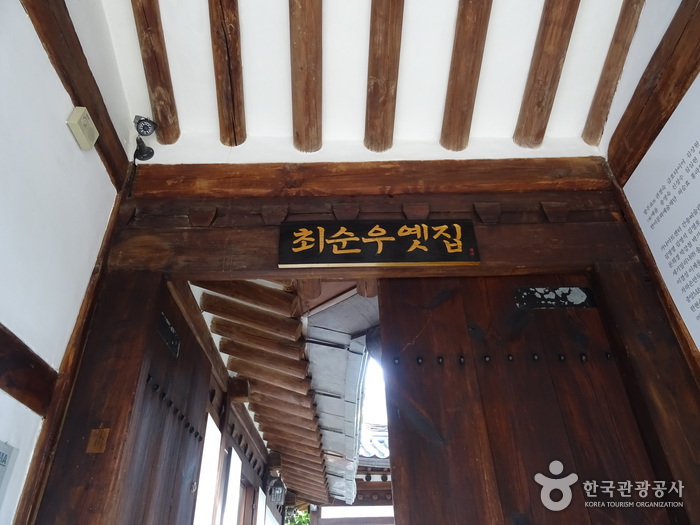

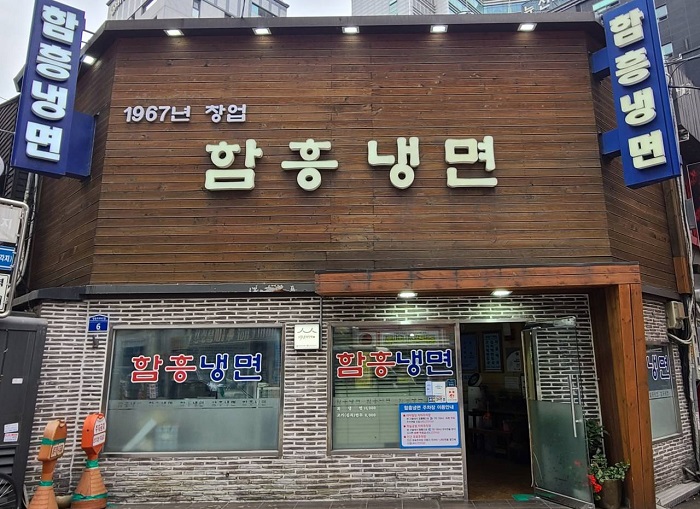
![Olive Young - Cheonggu Station Branch [Tax Refund Shop] (올리브영 청구역)](http://tong.visitkorea.or.kr/cms/resource/39/2878739_image2_1.jpg)
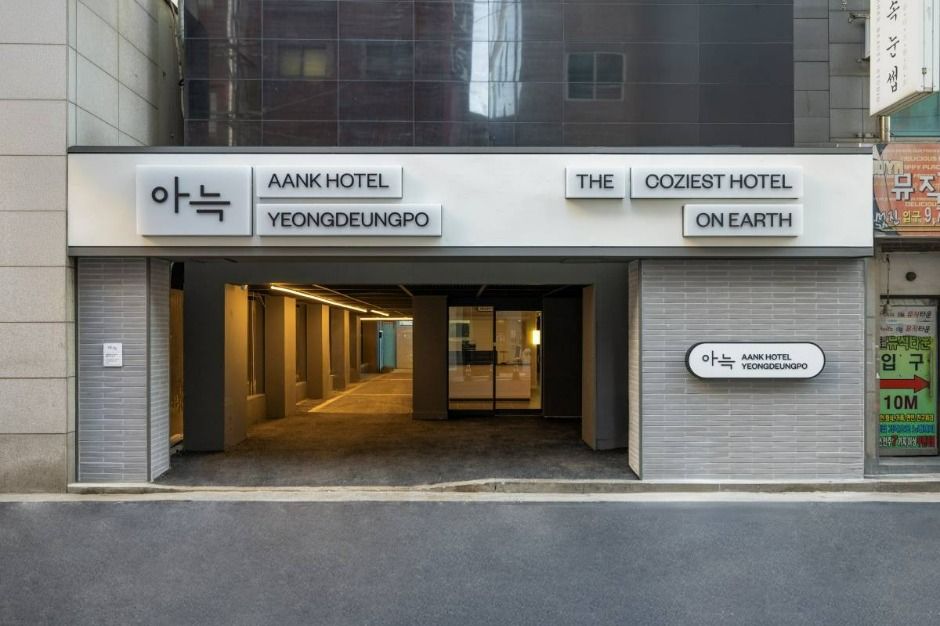
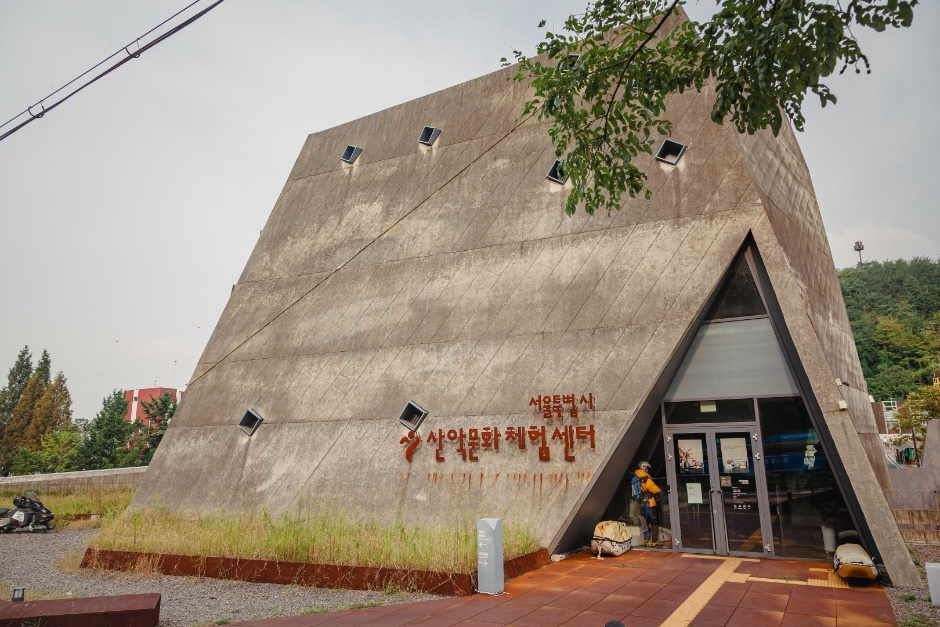
![Himart - Bulgwang Branch [Tax Refund Shop] (하이마트 불광점)](http://tong.visitkorea.or.kr/cms/resource/66/2889966_image2_1.jpg)
 English
English
 한국어
한국어 日本語
日本語 中文(简体)
中文(简体) Deutsch
Deutsch Français
Français Español
Español Русский
Русский